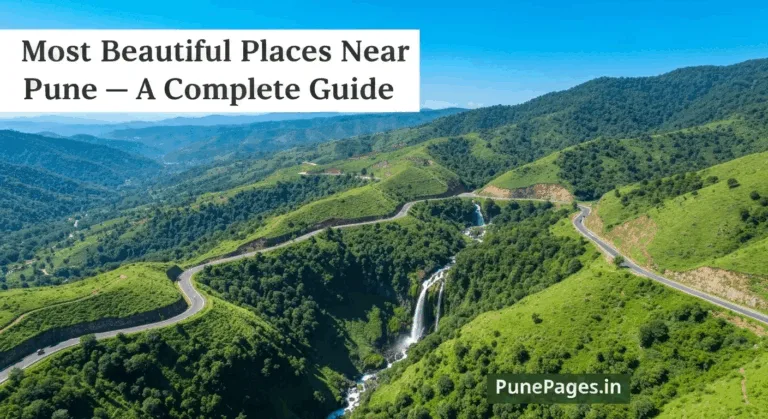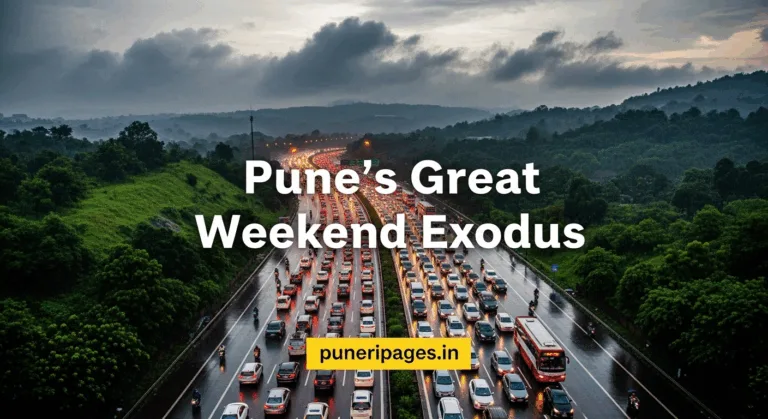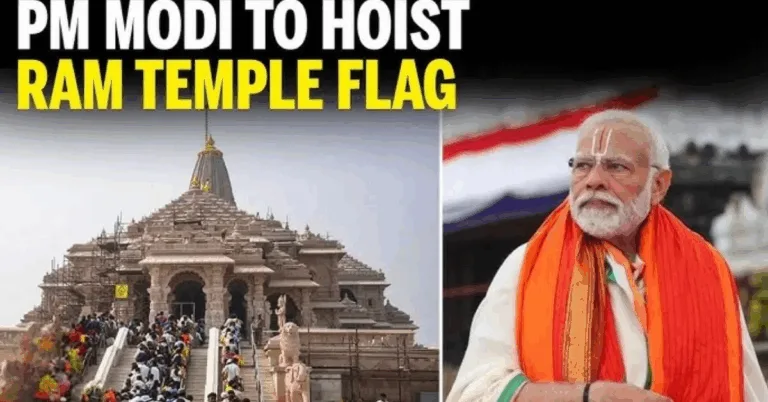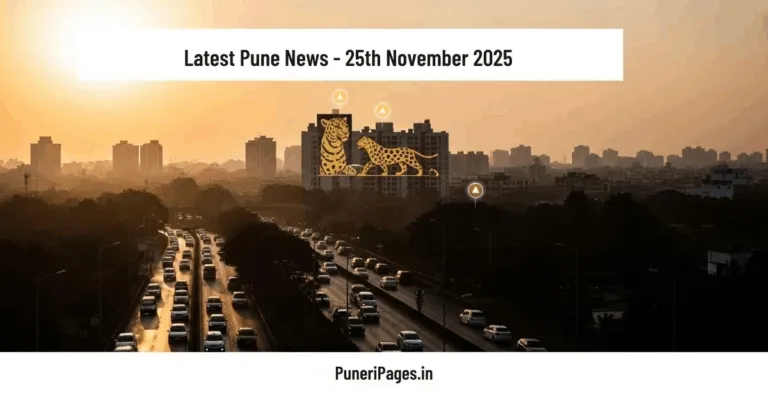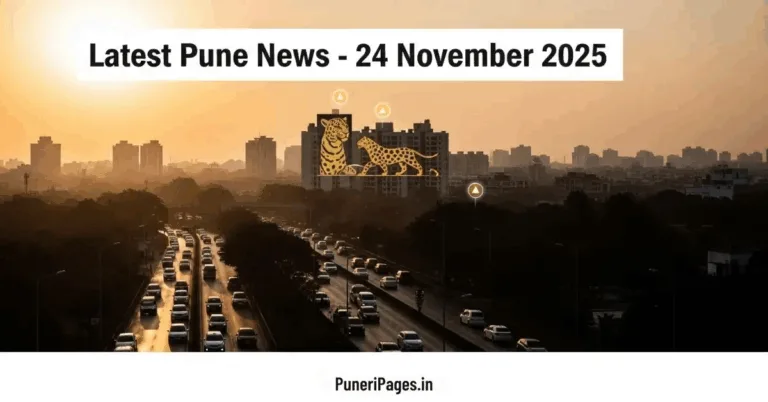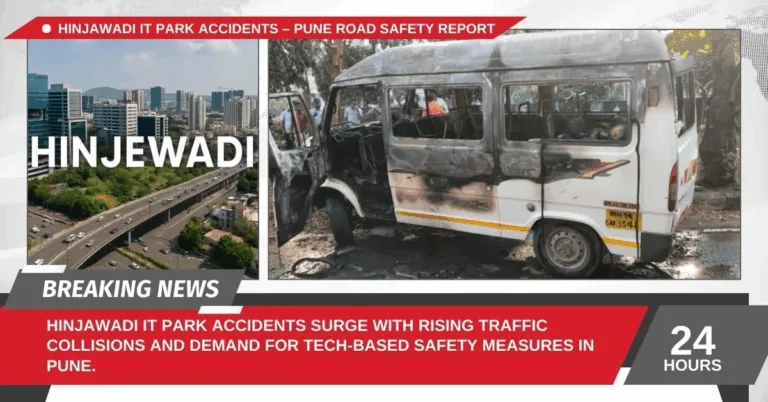
A serene dawn over Pune’s hidden heritage forts—discover seven offbeat trekking gems in the misty Western Ghats.
Lesser-Known Forts Near Pune offer a gateway to offbeat heritage treks, blending centuries‑old history, Maratha‑era architecture, and panoramic Western Ghats vistas across seven hidden forts within easy reach of the city. These forts lie within 30–190 kilometers of Pune and cater to trekkers of varying skill levels with easy to moderate trails.
Table of Contents
Spectacular Hidden Heritage of Lesser-Known Forts Near Pune
Lesser-Known Forts Near Pune beckon explorers to venture beyond crowded attractions and uncover hidden heritage gems nestled in the Sahyadri range. From forest‑shaded pathways to rock‑cut cisterns and temple ruins, these seven forts combine cultural immersion with scenic treks, perfect for weekend adventurers seeking both history and natural beauty.
Each fort carries a unique story—from Irshalgad’s needle‑hole pinnacle to Ratangad’s “Eye of the Needle,” and from Malhargad’s twin temples to Korigad’s tranquil lakes—providing diverse experiences just a short drive from Pune. Trek durations range from 30 minutes at Malhargad to 5 hours at Ratangad, ensuring options for beginners and seasoned hikers alike.
Irshalgad
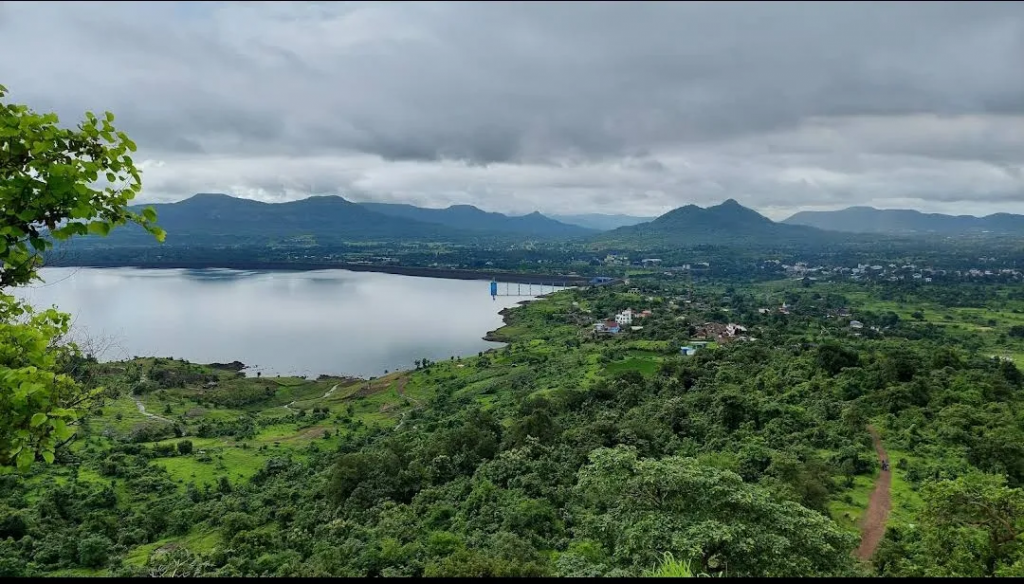
Irshalgad is approximately 90 km east of Pune, accessible via the Mumbai–Pune Expressway and nestled between Panvel and Matheran.
The trek is classified as moderate, rising from 130 ft at Chowk village to 3,700 ft at the summit—a gain of about 1,600 ft—usually completed in 2–3 hours by average trekkers.
Covering roughly 5 km one way, the trail traverses dense forest patches, rock‑cut water cisterns, and ends with a thrilling rope‑and‑ladder climb through the Nedhe (natural hole), offering spectacular views of Morbe Dam and Prabalgad.
Peak season runs from October to February when the skies are clear; carry at least 2 L of water, sturdy footwear, and start early to avoid midday heat Adventure Pulse.
Malhargad
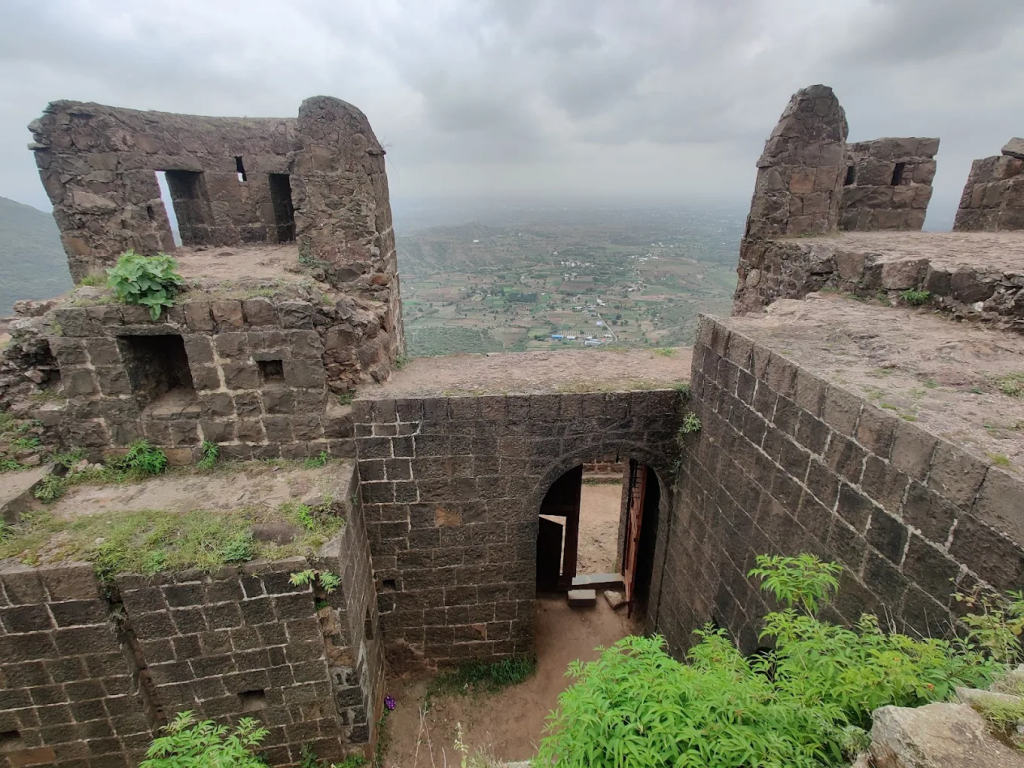
Malhargad, also known as Sonaricha Killa, lies just 30 km south of Pune near Sonori village in the Bhuleshwar range.
Built between 1757 and 1760 AD by a Peshwa Sardar, the fort served as a strategic watchpoint over Dive Ghat.
An easy 30–40 minute trek ascends to 3,100 ft, passing ancient rain‑filled ponds and culminating at twin temples of Lord Khandoba and Lord Mahadeva, with panoramic sunrise views over Jejuri and Parvati Hills Travel blogs.
Catch state buses to Sonori or hire a taxi from Pune’s Hadapsar; November–February offers cool weather, while monsoons bring lush greenery—trekking poles and rain gear recommended.
Kenjalgad

Kenjalgad lies about 85 km southwest of Pune in Bhor taluka, rising to 4,268 ft above sea level.
The straightforward one‑hour trail from Ghera Kenjal village covers roughly 3 km over rocky paths shaded by verdant foliage, making it suitable for most fitness levels.
Atop sits the Kenjal Devi temple, with sweeping views of the Krishna Valley, Wai town, and neighboring forts like Raireshwar—best visited post‑monsoon (September–December) for clear skies and vibrant landscape photography Pune Trekkers.
Rohida

Rohida Fort, or Vichitragad, is about 70 km southeast of Pune near Bajarwadi village, ascending to 3,660 ft via a well‑marked 3.5 km trail.
Originating in the Yadava era and reclaimed by Shivaji in 1670, this easy‑grade trek takes approximately one hour up and 1.5 hours down, featuring six bastions, rock‑cut water tanks, and the Rohidamalla temple.
Monsoon season transforms the ridge into cascading waterfalls; night treks for pre‑dawn summit sunrises are popular—carry warm layers and trek in groups for safety on rocky sections ramblersindia.
Ghangad
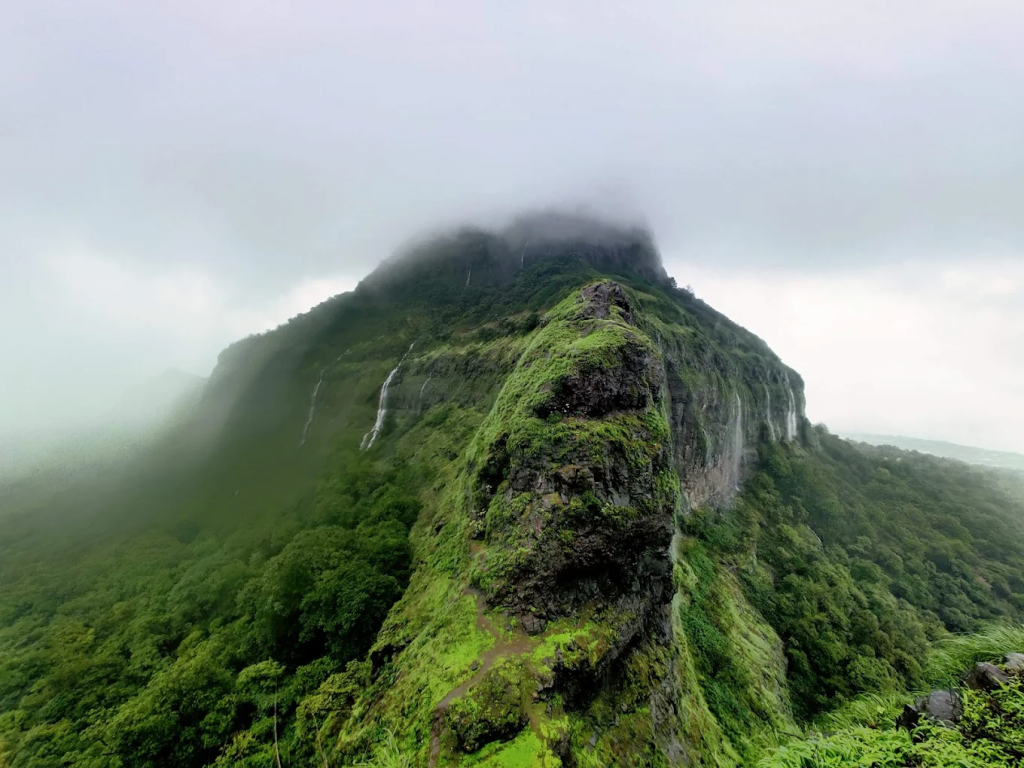
Ghangad Fort perches in Mulshi taluka, roughly 100 km west of Pune near Lonavala, at 3,000 ft elevation.
A moderate one‑hour trek covers 2.5 km, passing the Garjai Devi temple and dense forests before a final steel‑ladder climb to the summit, which boasts ancient caves and 360° Sahyadri panoramas.
Ideal trekking months are June through March; headlamps can aid early‑morning starts, and local jeeps from Mulshi village facilitate access to the trailhead.
Ratangad
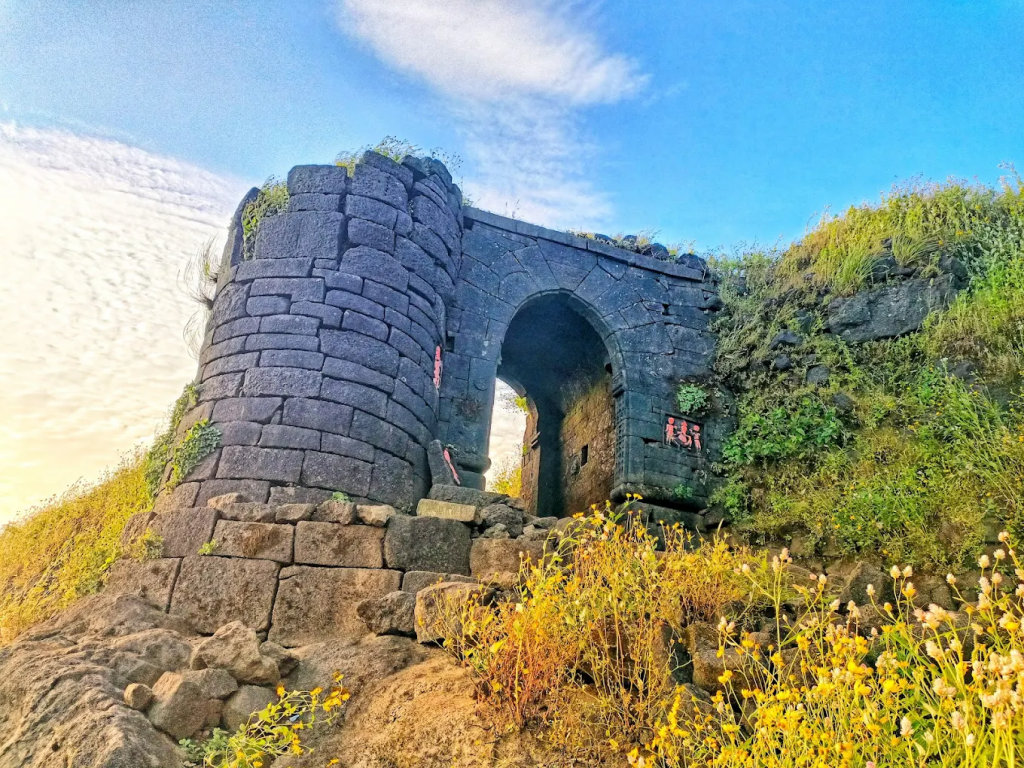
Ratangad Fort towers at 4,255 ft above Bhandardara, about 190 km north of Pune, requiring a 5–6 hour round‑trip trek over 8 km of steep steps and forest trails.
Its signature “Eye of the Needle” aperture and four ornate gates adorned with Hanuman and Ganesh idols make it unique, while the nearby 8th‑century Amruteshwar Temple adds historical depth IndiahikesTreks and Trails India.
Ratanwadi village serves as the base, reachable by bus or car via Igatpuri; monsoon camping on the plateau is popular—carry rainproof gear and trekking poles for the rocky sections.
Korigad

Korigad Fort, about 91 km from Pune near Lonavala, stands at 920 m (3,020 ft) and can be climbed via a 2.5 km trail in 1–1.5 hours from Peth Shahapur village.
Believed to predate the 15th century, its intact walls enclose two artificial lakes and several Vishnu and Shiva temples, while summit views span Aamby Valley, Tikona, and Tung forts.
Optimal post‑monsoon months (October–December) offer clear skies and lush surroundings; village amenities are minimal, so pack sufficient water and snacks.
Summary
Lesser-Known Forts Near Pune present a spectacular hidden heritage trail just beyond the city’s edge, blending accessible treks, ancient ruins, and breathtaking vistas across the Western Ghats.
From the rope‑and‑ladder thrills of Irshalgad to the temple tranquility of Malhargad and the iconic rock aperture of Ratangad, these forts cater to every weekend adventurer’s desire for culture, history, and nature.
